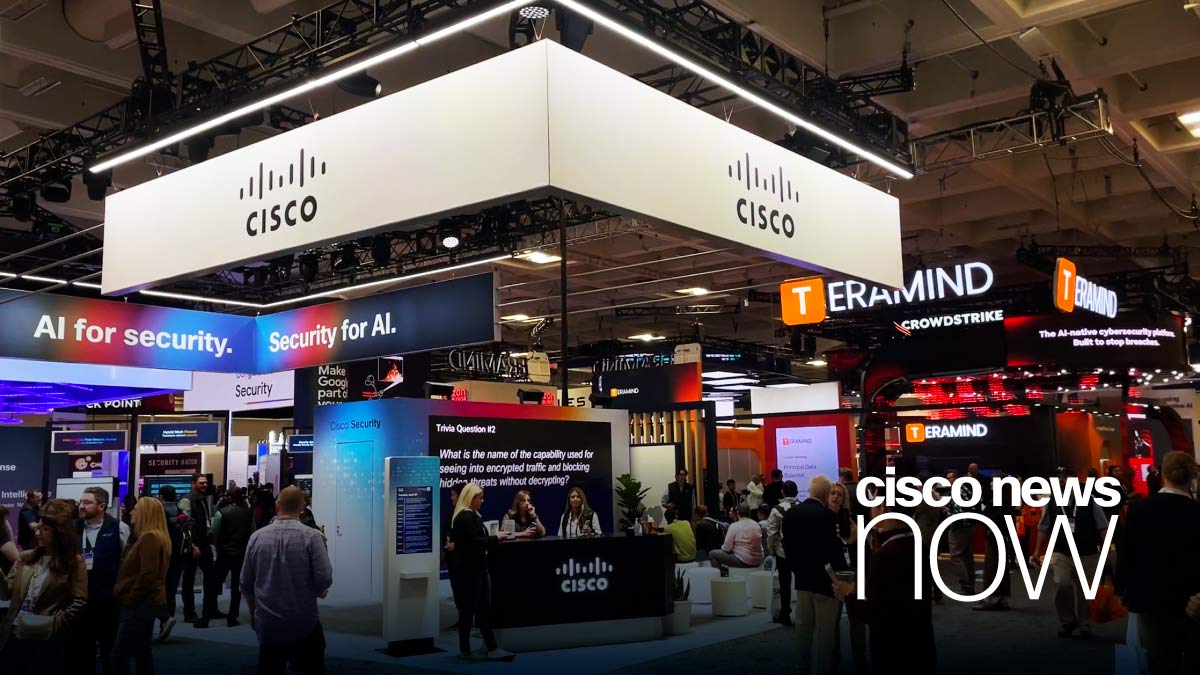MOUNTAIN VIEW, Calif., Sept. 8, 1992 -- A new modular routerplatform designed specifically to provide cost-effectiveinternetworking services in regional and branch office environmentshas been introduced by Cisco Systems, Inc.
The Cisco 4000 series of three-slot modular routers allowscost-effective mixing of Token Ring, Ethernet and serial interfaces inone chassis.
Three interface module types -- single Ethernet port, singleToken Ring port and dual serial port -- can be ordered in anycombination, allowing the Cisco 4000 to offer a variety ofconfigurations: two serial ports with one Ethernet or one Token Ringport for branch offices; two serial ports with two Ethernet or twoToken Ring ports for regional nodes or larger branches; two serialports with one Ethernet and one Token Ring port for mixed-mediaenvironments; and four serial ports with one Ethernet or one TokenRing port to concentrate up to four branches into a regional office.
First Low-End Option for Multi-Media Internetworking
"Until now there have been no truly cost-effective low-endoptions for multimedia internetworking that retain high-end modularityand flexibility," said David Gudmundson, Cisco product marketingmanager. The Cisco 4000 is the first to addressthe needs of budget-constrained installations with diverse equipmentand changing environments."Diverse Applications for Regional and Branch Environments
Gudmundson said the Cisco 4000's low cost and modularity makeit ideal for use in integrating mixed-media environments, connectingIBM hosts to remote terminals at high speeds, or setting up a regionalnode to connect branch offices.In regional offices with both Token Ring and Ethernet LANs,the 4000 can be used to exchange data at a fraction of the cost of ahigh-end router. The 4000 handles both local data transmissionbetween media types within the office, and remote transmission betweenoffices. One of the serial interface's two ports can be used fordial-on-demand and dial backup, or to provide additional redundancy.
Organizations that handle substantial terminal-to-mainframetraffic can configure the 4000 with four serial ports and one TokenRing port to help consolidate previously separate Token Ring and SDLCSNA networks. Instead of using multiple modems and low-speed seriallines to exchange data between hosts and remote terminals, the usercan have high-speed T1 lines routing traffic through a 4000.Transmission is not only dramatically faster, but less expensivebecause of reduced phone line use. This approach also protects theuser's investment in IBM 3274 cluster controllers.
The Cisco 4000 can serve as a regional node, economicallyconnecting branch offices with a larger regional office. Configuredwith one Token Ring and four serial ports, the 4000 routes trafficfrom an IBM host at the regional office across T1/E1 lines to branchoffices equipped with two-port Cisco 3000 routers connected to localToken Rings or Ethernets.
Platform Overview
The Cisco 4000 lets the network manager plug interface modulesdirectly into the motherboard from the top of the chassis. The unitcan be upgraded to accommodate changing requirements simply by slidingout the motherboard, which is mounted on a slideout tray, andinserting new modules. Front and rear panel indicators facilitatemonitoring of network activity and interface functions. Aggregatesystem performance is approximately 14,000 packets per second(Ethernet wire speed).The Cisco 4000 is based on a 40-MHz MC68030 processor, with4MB DRAM expandable to 16 MB. The use of Flash EPROMs as a standardfeature permits reliable cost-effective remote software updating,maintenance and servicing.
The Token Ring module has a single interface,software-selectable for four or 16 megabits per second, implementedusing Texas Instruments' TMS380C16 CommProcessor chip set and Madgedriver code. The Ethernet module has a single interface,software-selectable for AUI or 10BaseT connectors, implemented usingAMD's 7990 LANCE chip. The serial module has two interfacessupporting data transmission at rates up to 4 Mbps in leased-line,circuit-switched or packet-switched networks (including X.25, SMDS andframe relay).
Fully software-compatible with Cisco's full line ofinternetwork router/bridges, the Cisco 4000 supports all the advancedfeatures the company has developed for IBM internetworking, includingnew Phase IV features introduced last week.
Offering the most comprehensive protocol support in theindustry, Cisco products support routing for over 15 protocols,including OSI,TCP/IP,DECnet,XNS, IPX,VINES, AppleTalk, SNANetBIOS and SDLC; optional bridging support for X.25, DDN X.25 and framerelay. Cisco routers also support the RIP, OSPF and IGRP routingprotocols and standard SNMP-based network management.
Pricing/Availability
Available beginning in October, the Cisco 4000 is priced from $7,600 to$10,900 (U.S. list), depending on configuration.Cisco Systems, Inc., is the leading global supplier ofhigh-performance, multimedia and multiprotocol internetworkingproducts, including routers, bridges, communication servers and routermanagement software. Cisco technology can be used to buildenterprise-wide networks linking an unlimited number of geographicallydispersed LANs. Cisco is publicly traded over-the-counter under theNASDAQ symbol CSCO.
Posted: Dec 15 14:55:43 1992



